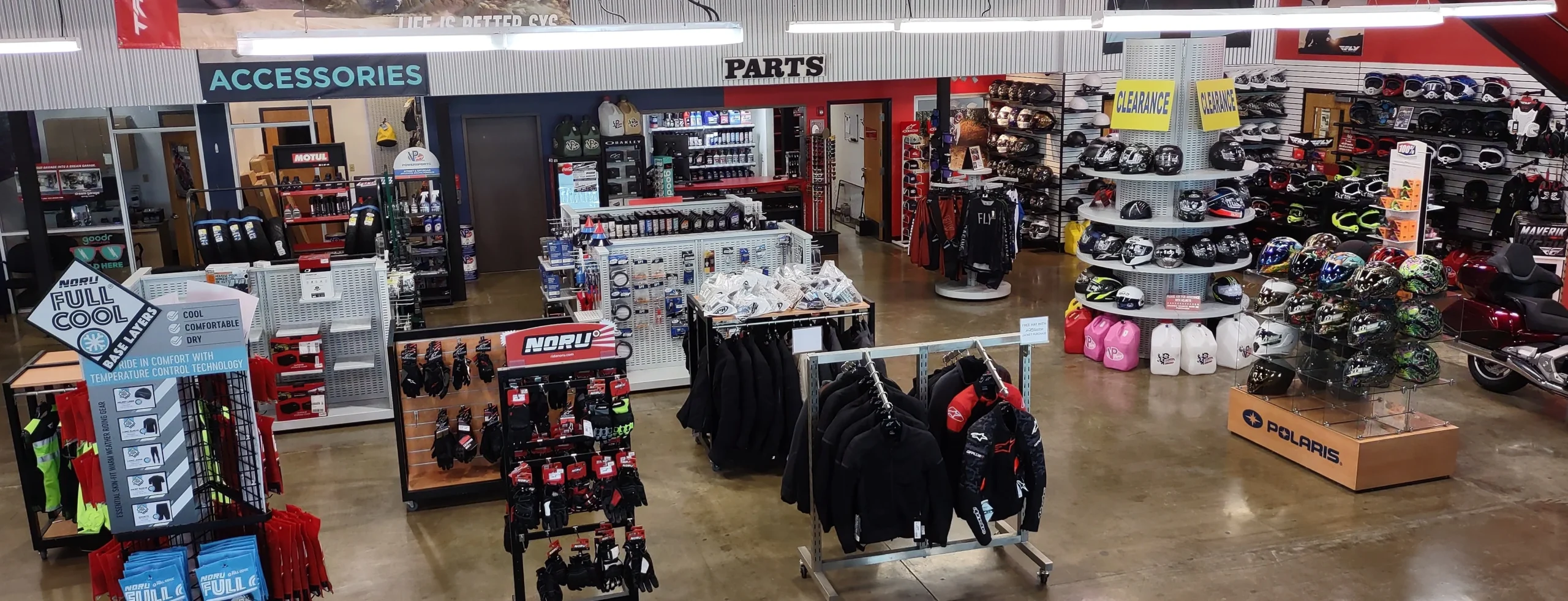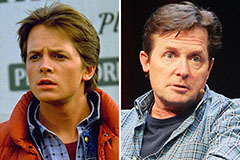Understanding the Vital Parts of a Bike: A Comprehensive Overview for Lovers
For motorbike lovers seeking to elevate their riding experience and ensure their bikes run efficiently, comprehending the essential components of a bike is vital. Each aspect, from the engine's elaborate workings to the crucial duty of the stopping mechanisms, not only influences performance yet additionally safety and convenience. This overview will walk via the fundamental parts that every biker should recognize with, enabling informed options in both maintenance and potential upgrades. As we begin this exploration, one must ask: exactly how does each component engage to produce the seamless adventure every enthusiast seeks?
Engine Parts

The camshaft plays a crucial duty in controlling the timing of the engine's valves, making sure the specific opening and closing necessary for effective gas and air intake, as well as exhaust expulsion. This timing is vital to maintaining ideal engine efficiency and effectiveness. Furthermore, the carburetor or gas injection system, relying on the bike model, is in charge of mixing air with fuel in the appropriate ratio for burning.
The cooling system, either air or liquid-based, functions to preserve the engine's temperature within operational limitations, stopping overheating and ensuring durability - motocross gear nz. Each element, meticulously developed and integrated, adds to the smooth procedure of the engine, specifying the motorcycle's power output and general efficiency
Transmission System
Essential to the motorbike's functionality, the transmission system ensures reliable power transfer from the engine to the wheels. This system consists of numerous vital components, including the clutch, gearbox, and final drive, each playing a vital role in equating the engine's power into activity. The clutch, normally run by a hand bar, offers to disengage the engine and engage from the transmission, allowing for smooth gear adjustments and regulated acceleration.
The transmission, typically referred to as the transmission proper, has a collection of equipments that cyclists can manually move through to change the bike's speed and torque output. These gears are organized in a sequence that enables the bike to increase efficiently and preserve optimum engine efficiency across different speeds. Most motorbikes use a consecutive transmission, requiring the biker to change equipments in a fixed order.
Braking Mechanisms
While comprehending the transmission system is vital to using a motorbike's power, just as crucial is the capacity to regulate and quit that power properly, which is where braking mechanisms enter play. Brakes are essential for safety and performance, offering the cyclist with the required control to browse various terrains and pit bike handlebars problems. Normally, motorcycles include two sorts of stopping systems: disc brakes and drum brakes.
Disc brakes are more widespread in contemporary bikes due to their superior performance. This system provides much better heat dissipation, constant efficiency, and improved stopping power, specifically in damp conditions.
Conversely, drum brakes, though much less usual, are still located in some motorcycles. go They function by pressing brake footwear versus the inner surface of a drum connected to the wheel. While typically less efficient in warm dissipation and quiting power, drum brakes are simpler and more cost-efficient.
Comprehending these stopping systems' nuances allows motorcyclists to maintain their motorcycles appropriately and appreciate the design that makes sure safe and reliable stopping.
Suspension and Steering
Suspension and guiding systems are important elements that dramatically affect a bike's handling and ride comfort. The suspension system, including forks at the front and shock absorbers at the rear, soaks up road irregularities, boosting stability and control. Front forks, upside down or commonly telescopic, compress and rebound to reduce effects, while back shock absorbers maintain tire contact with the roadway, essential for grip and safety.
Guiding, centered around the handlebars, links the biker to the motorbike's directional control. The steering head bearings ensure smooth procedure, permitting specific maneuverability. Proper placement and maintenance of these bearings are essential for foreseeable guiding reaction and reducing biker exhaustion.
The suspension's adjustability is an additional essential facet; preload, damping, and rebound settings enable customization to match various riding problems and styles. This adaptability is important for optimizing performance, whether navigating metropolitan streets or tackling rugged trails. Technologies like digital shock absorber supply real-time changes, enhancing ride high quality across varied terrains.

Electrical Systems
After guaranteeing a regulated and smooth adventure via efficient suspension and steering systems, attention transforms to the electric systems, a pivotal facet of modern bikes. These systems play an essential function not just in starting the engine however likewise in powering different components that enhance the capability and security of the motorbike.
At the heart of a bike's electrical system is the battery, which shops electrical power necessary for beginning the engine and powering supporting systems - motorcycle shop. The generator or generator, paired with the rectifier-regulator, makes sure the battery stays charged while the bike is in procedure, transforming mechanical energy into electric power and preserving voltage degrees
The ignition system, one more essential part, is accountable for sparking the air-fuel mix in the engine's cyndrical tubes. Modern motorcycles frequently use an electronic ignition system, providing greater efficiency and integrity compared to typical systems.
Lighting systems, including fronts lights, tail lights, and signs, are additionally essential, making sure presence and safety for the cyclist. Extra electronic components such as sensors, control units, and shows add to innovative functions like gas shot administration, anti-lock stopping systems (ABDOMINAL MUSCLE), and electronic dashboards, better boosting the riding experience.
Conclusion
A comprehensive comprehension of a motorcycle's important parts, including the engine, transmission system, stopping devices, suspension, guiding, and electric systems, is essential for fanatics intending to optimize convenience, efficiency, and security. Proficiency of these aspects permits for notified choices pertaining to maintenance and upgrades, eventually boosting the riding experience. By incorporating this expertise, cyclists can ensure their bikes operate at peak performance and integrity, thus optimizing both pleasure and durability of their vehicles.
For bike enthusiasts looking to elevate their riding experience and ensure their bikes run efficiently, comprehending the essential parts of a motorcycle is extremely important.Integral to the bike's functionality, the transmission system guarantees you could try here reliable power transfer from the engine to the wheels.While understanding the transmission system is essential to utilizing a motorcycle's power, similarly essential is the capability to regulate and stop that power properly, which is where stopping mechanisms come into play. Commonly, bikes feature two types of stopping systems: disc brakes and drum brakes.
A thorough understanding of a motorbike's important parts, including the engine, transmission system, braking devices, suspension, steering, and electric systems, is important for lovers intending to optimize efficiency, convenience, and safety and security.
 Michael J. Fox Then & Now!
Michael J. Fox Then & Now! Gia Lopez Then & Now!
Gia Lopez Then & Now! Macaulay Culkin Then & Now!
Macaulay Culkin Then & Now! Christy Canyon Then & Now!
Christy Canyon Then & Now! Ricky Schroder Then & Now!
Ricky Schroder Then & Now!